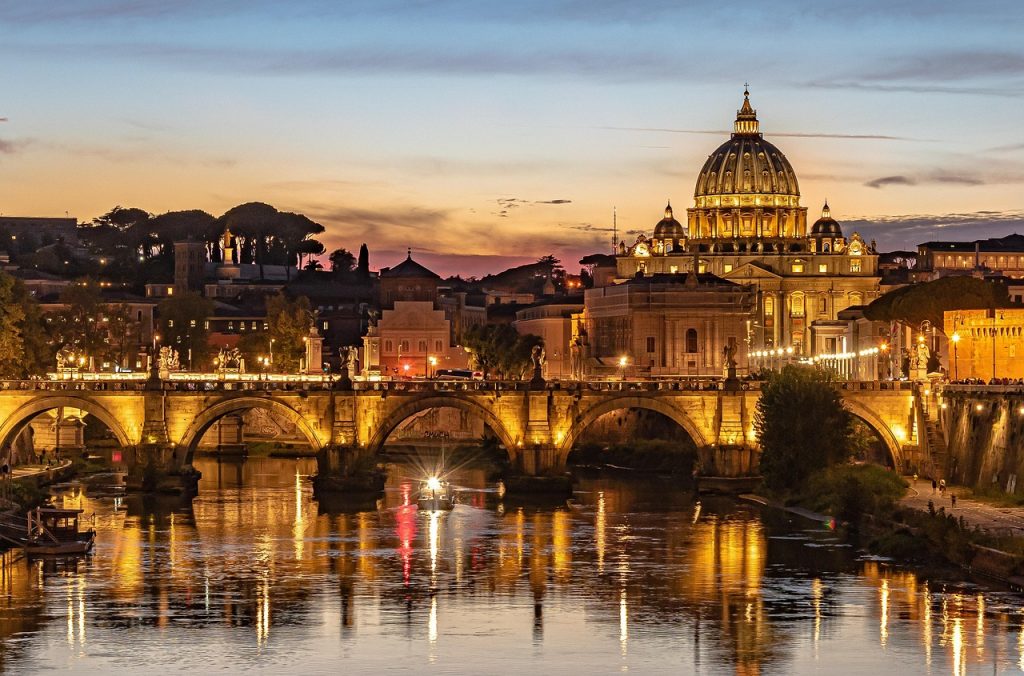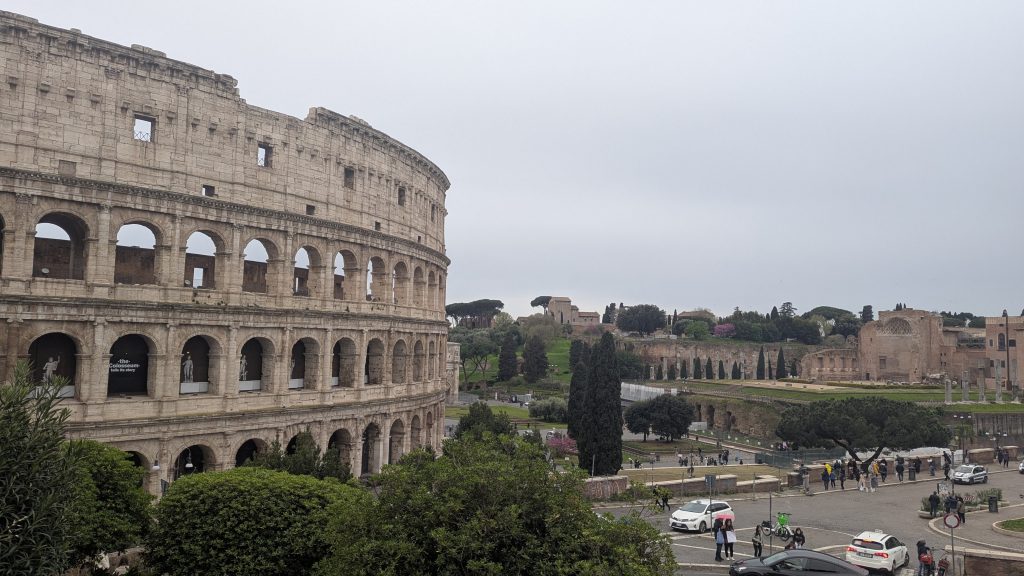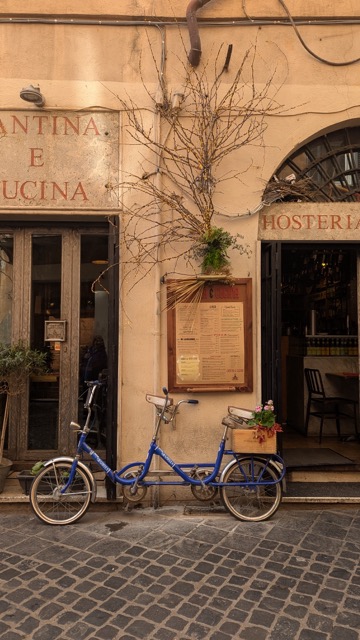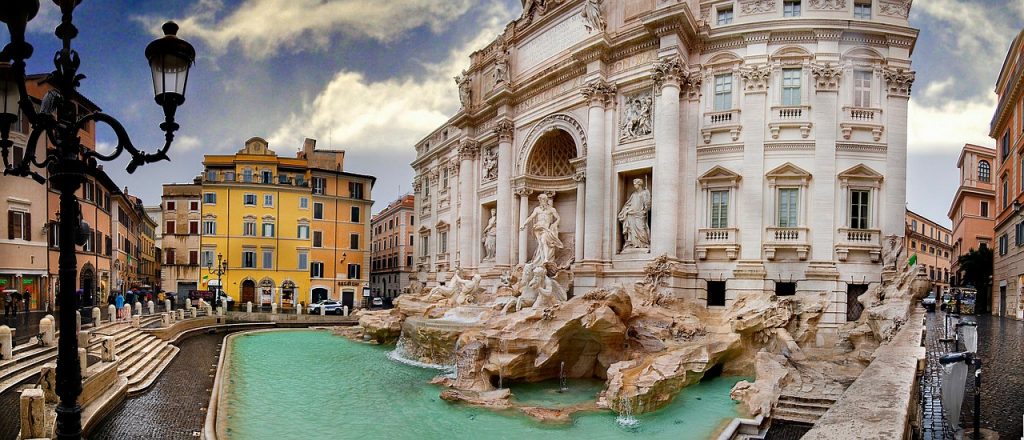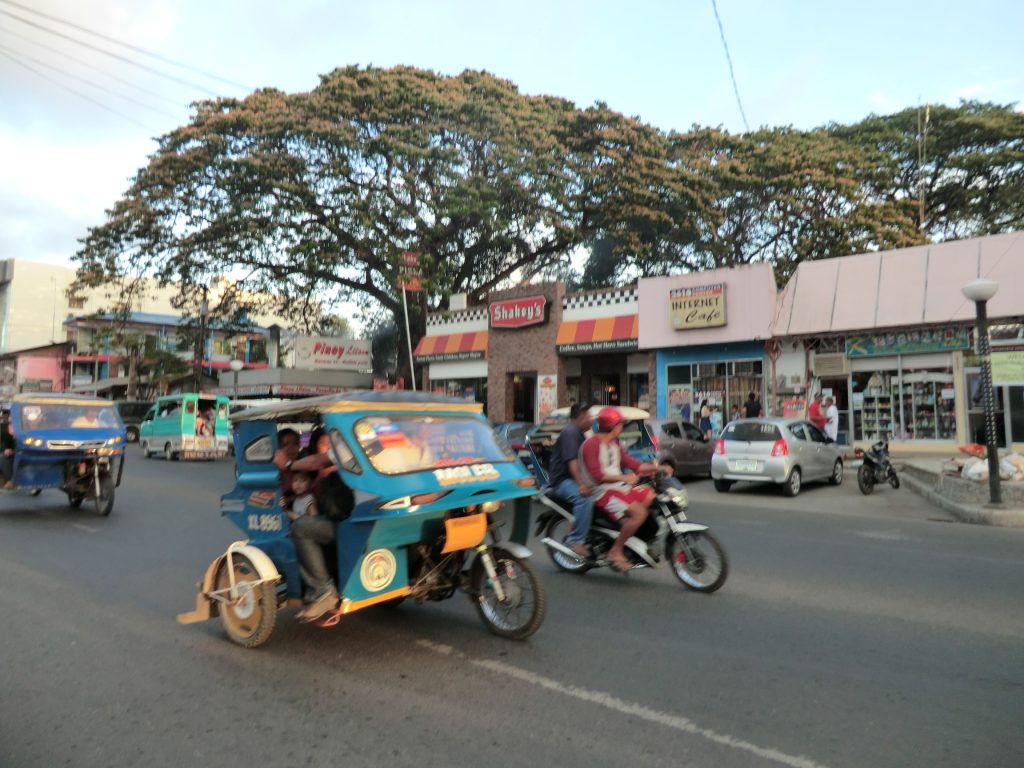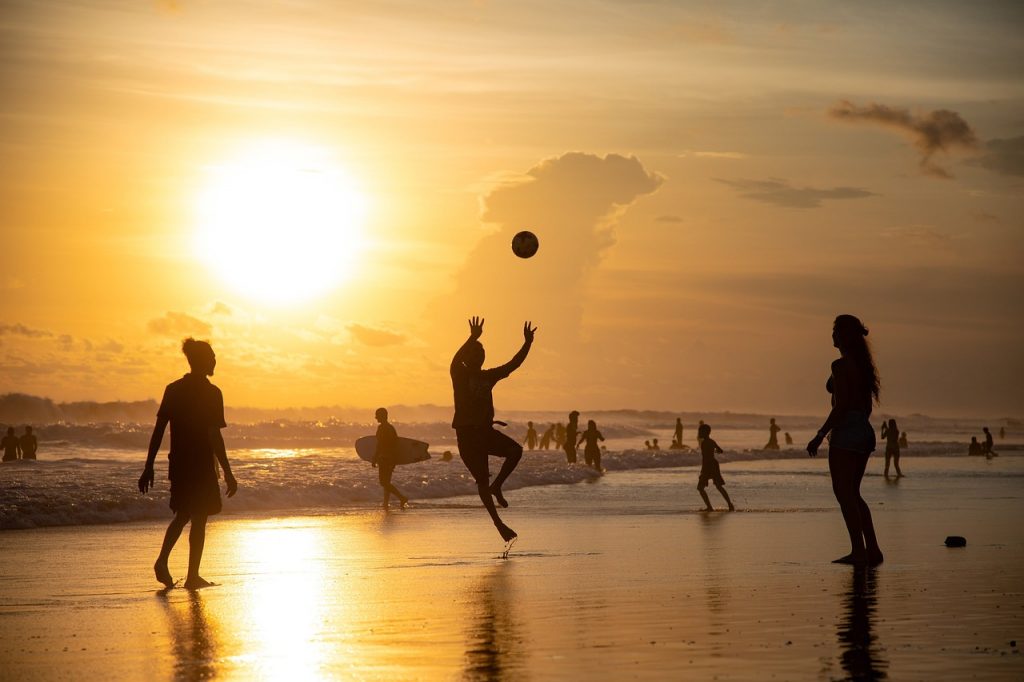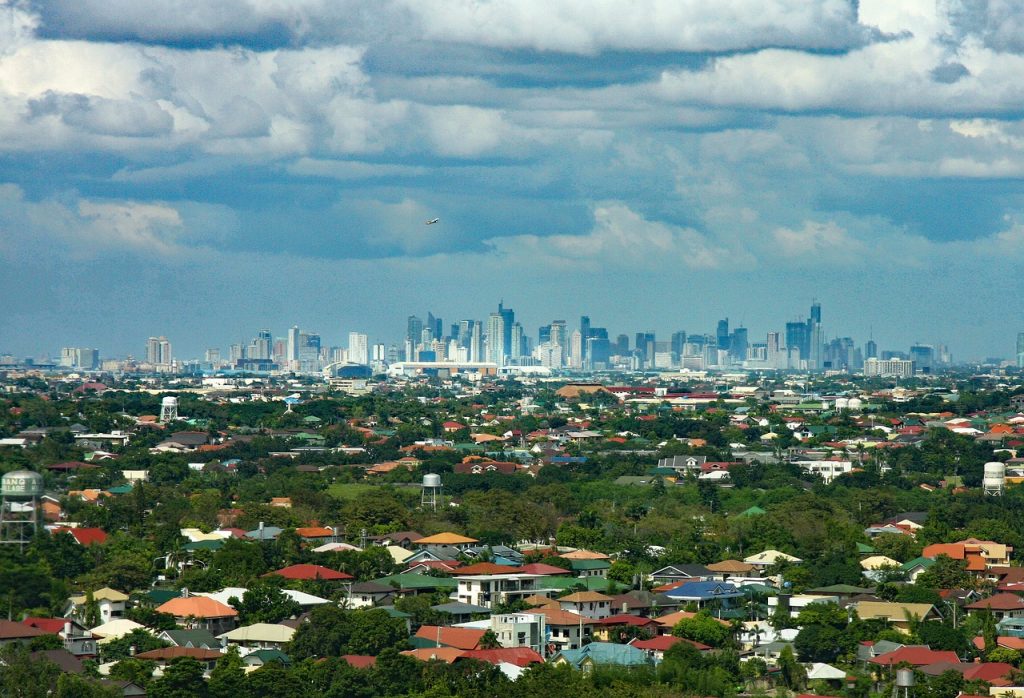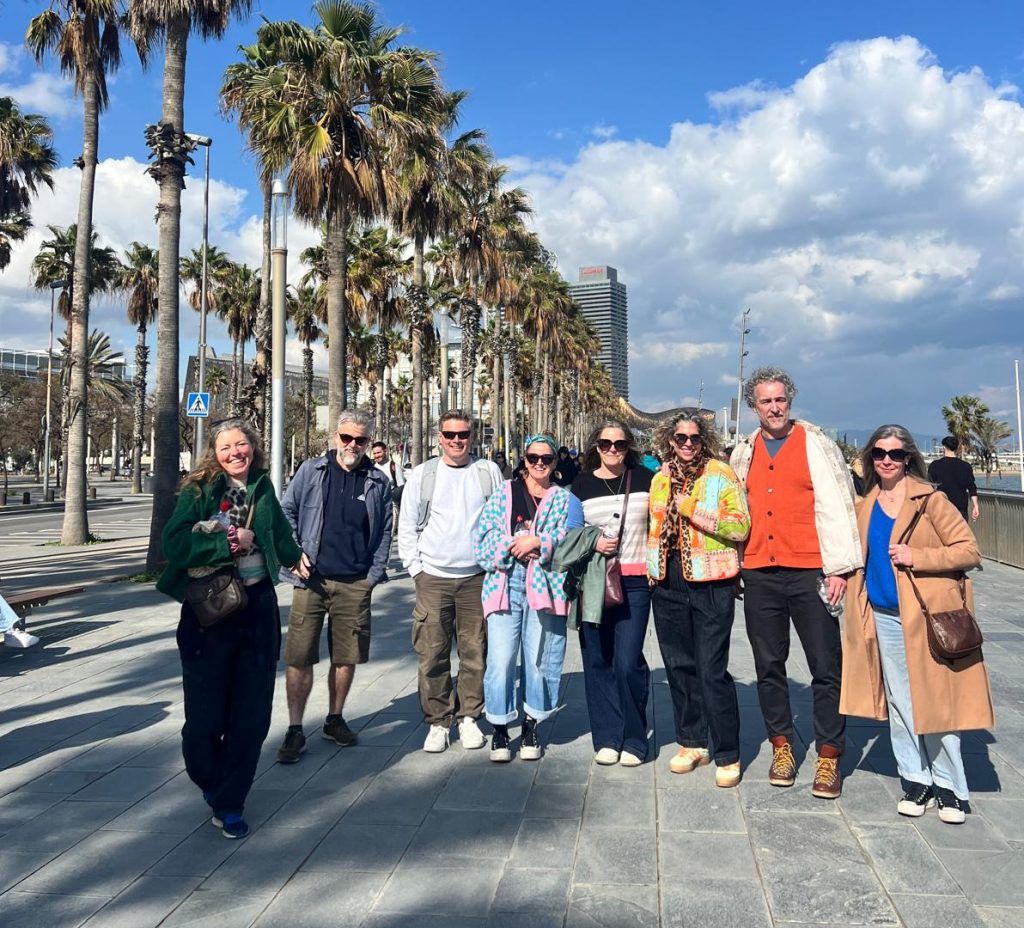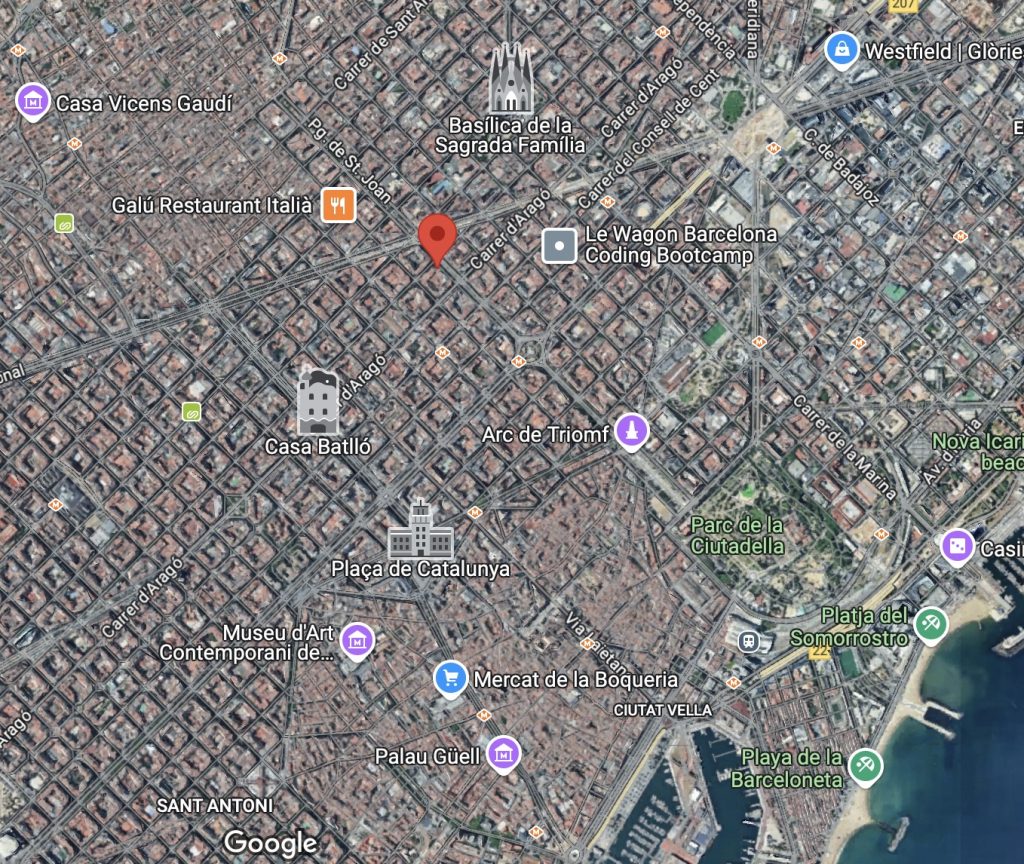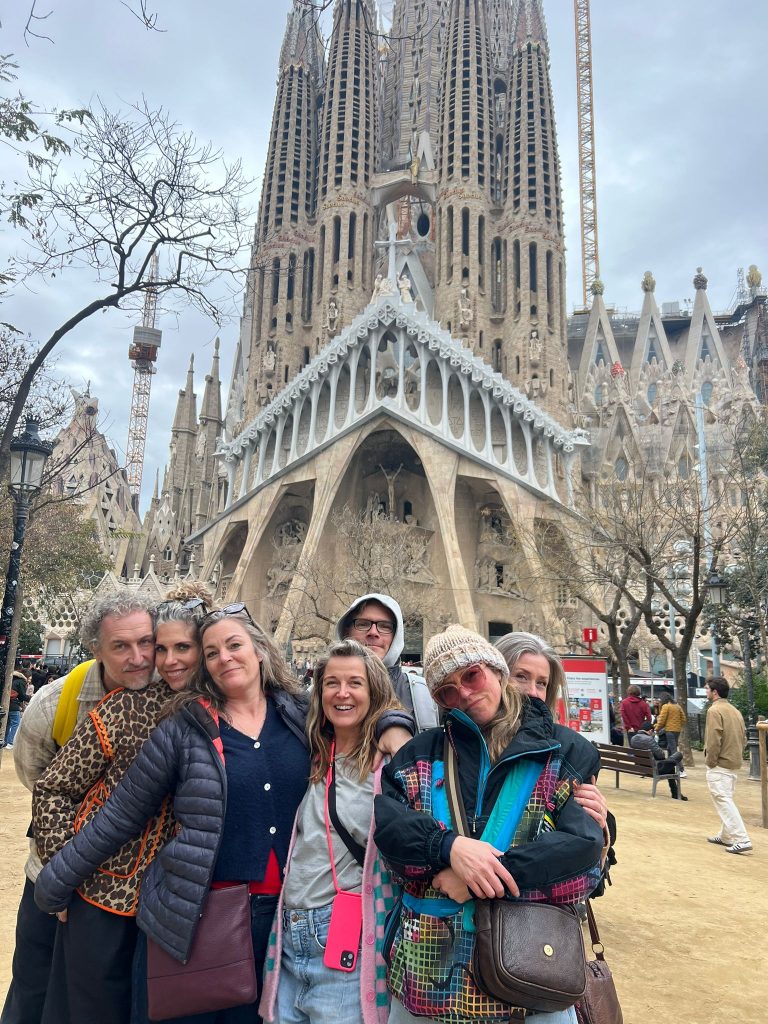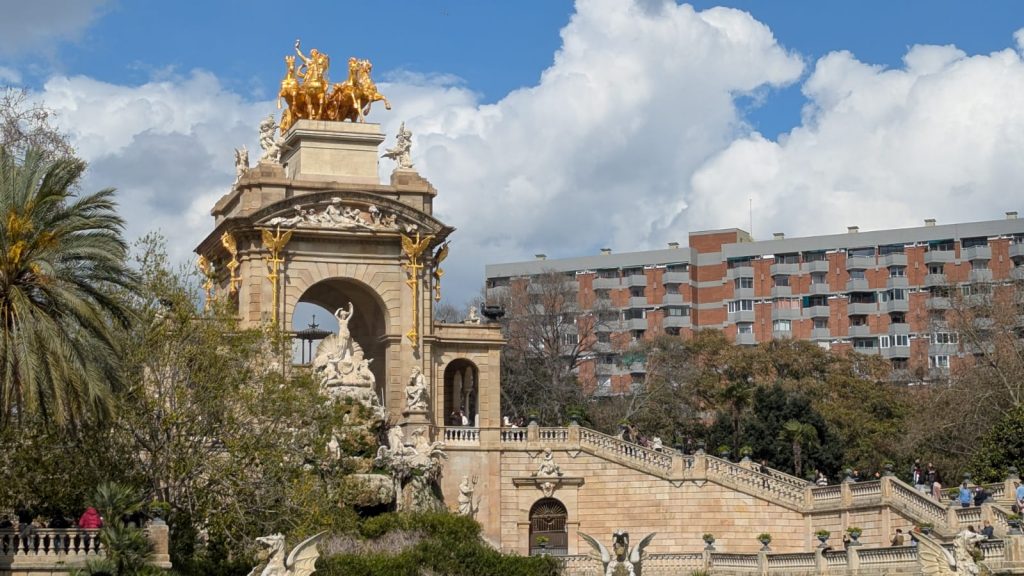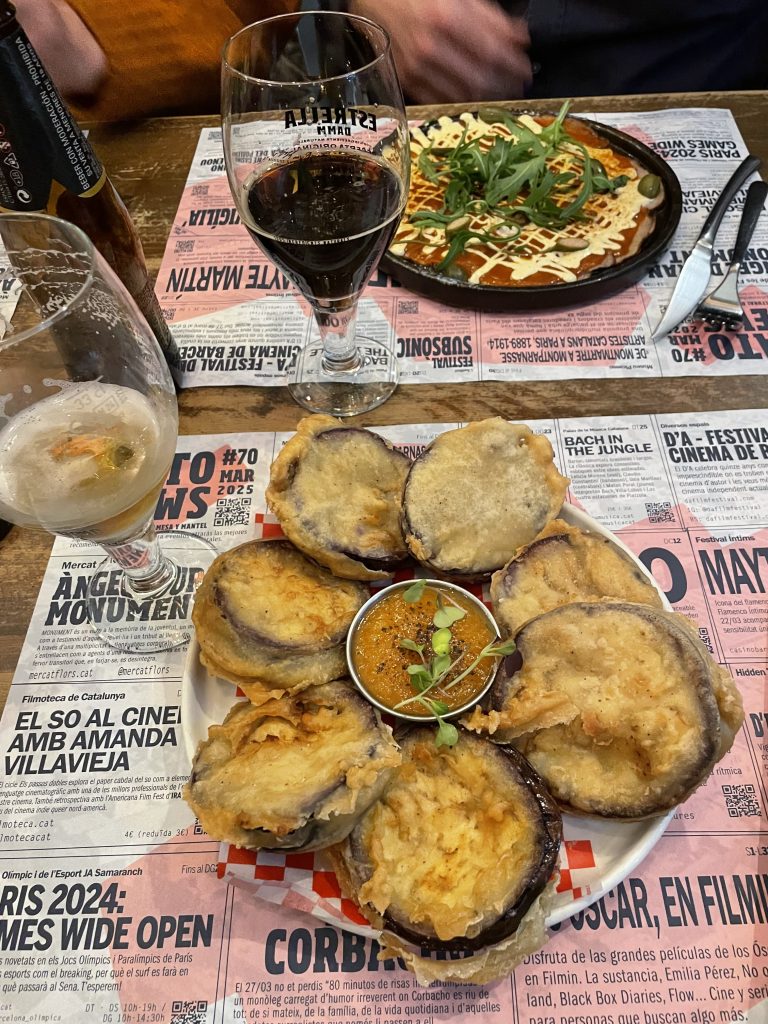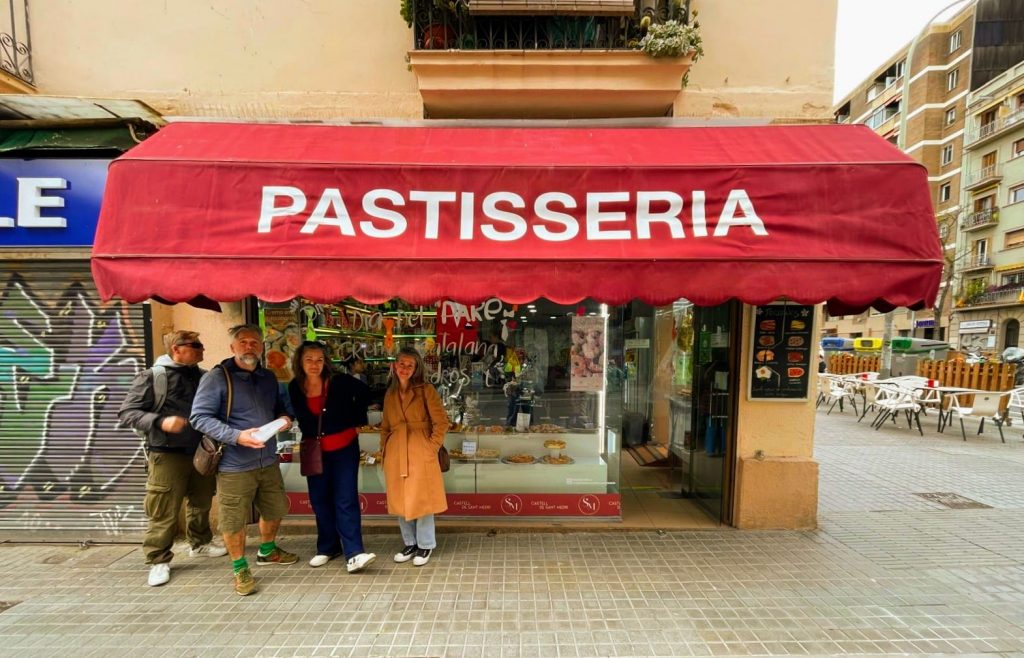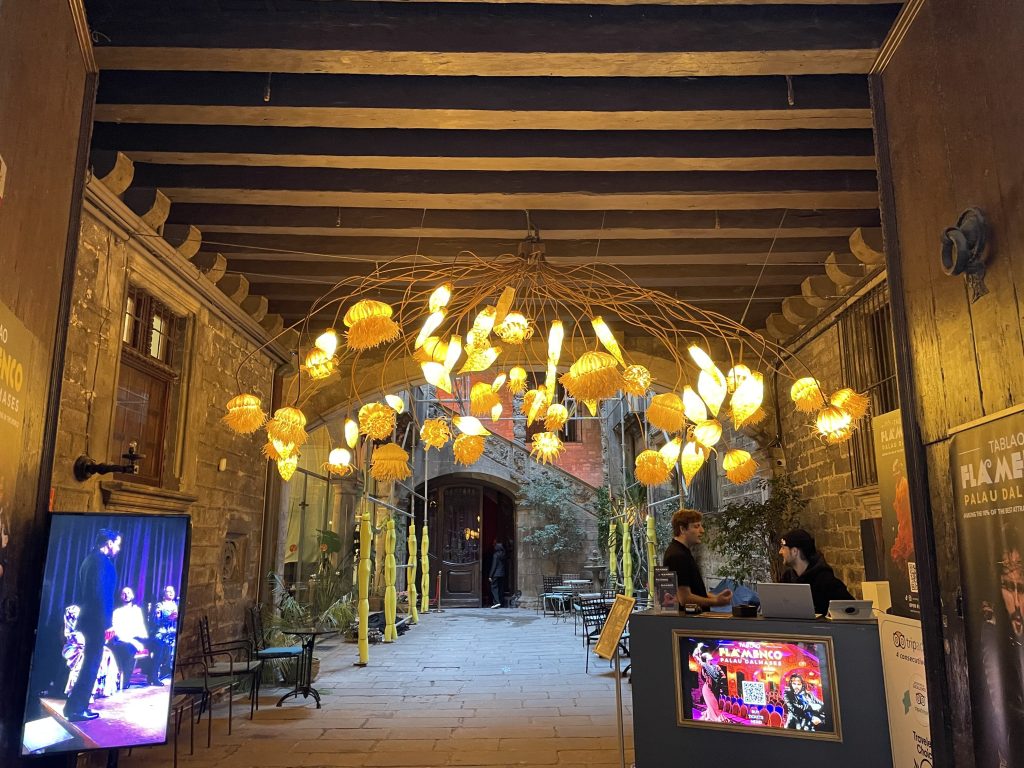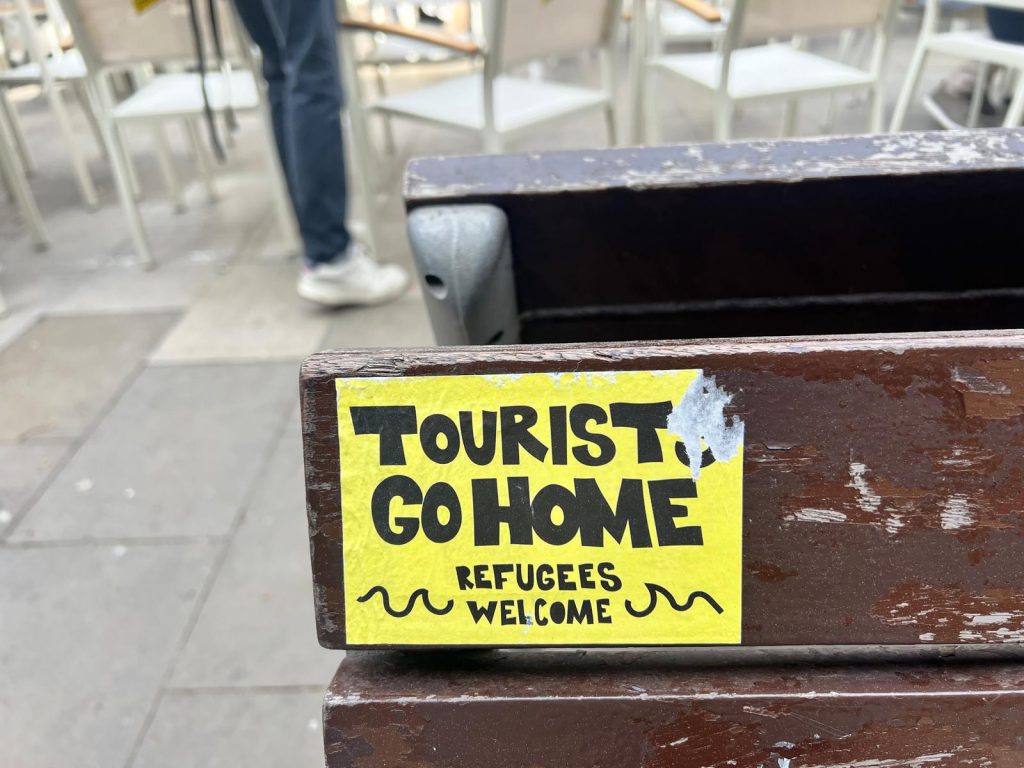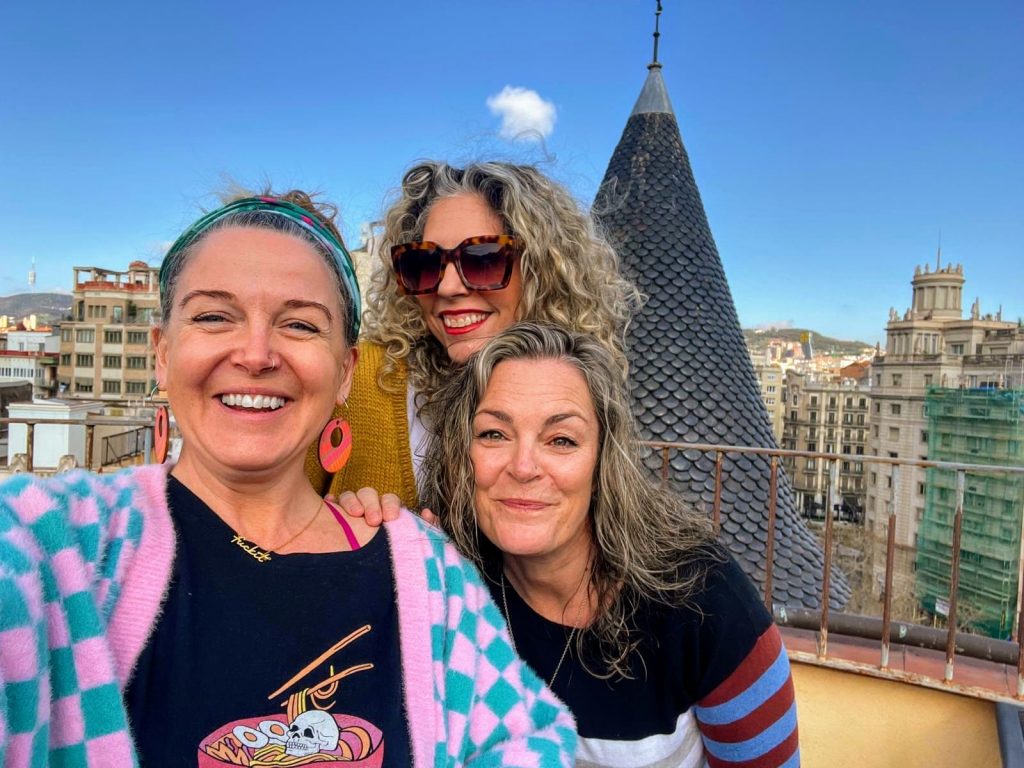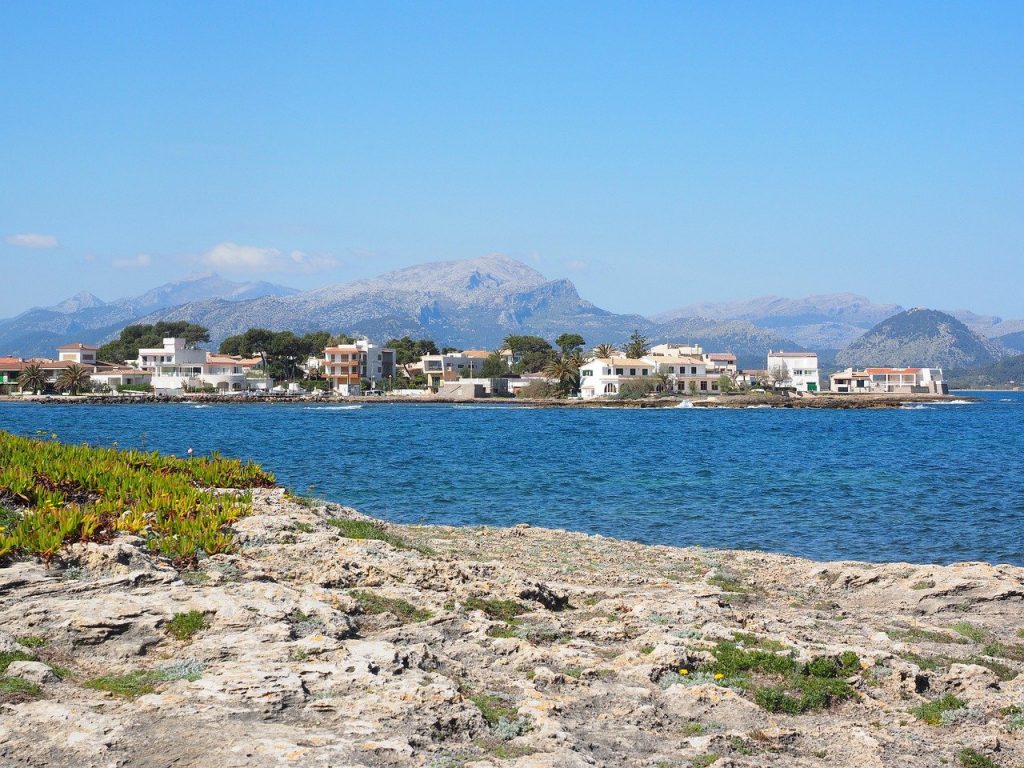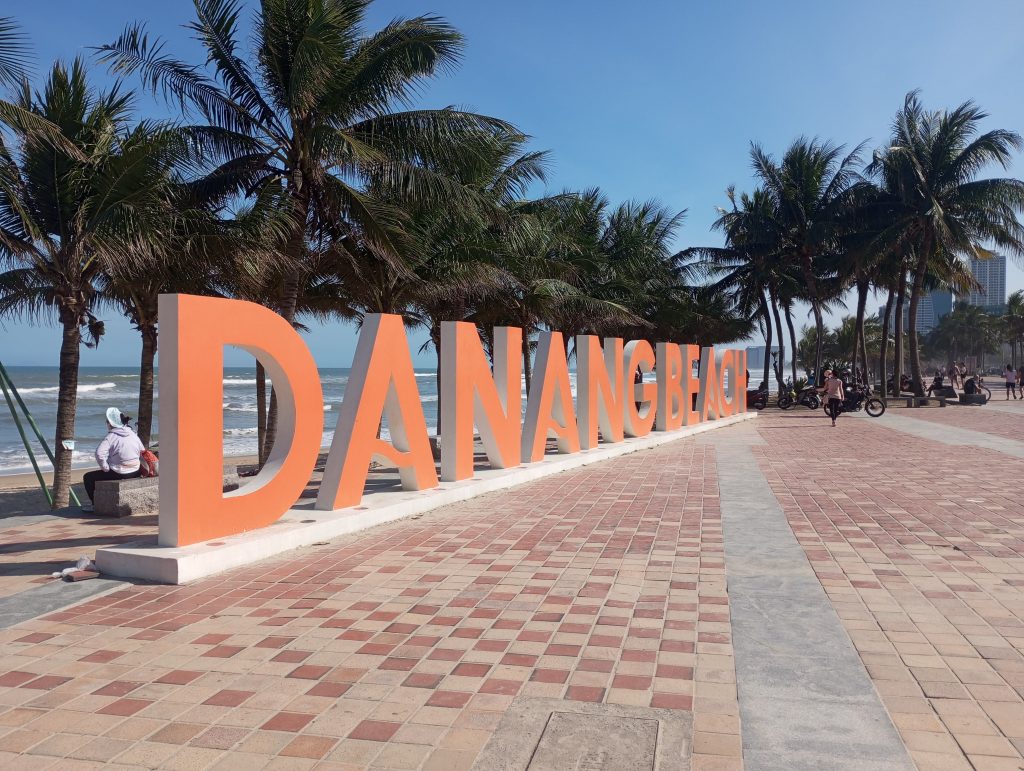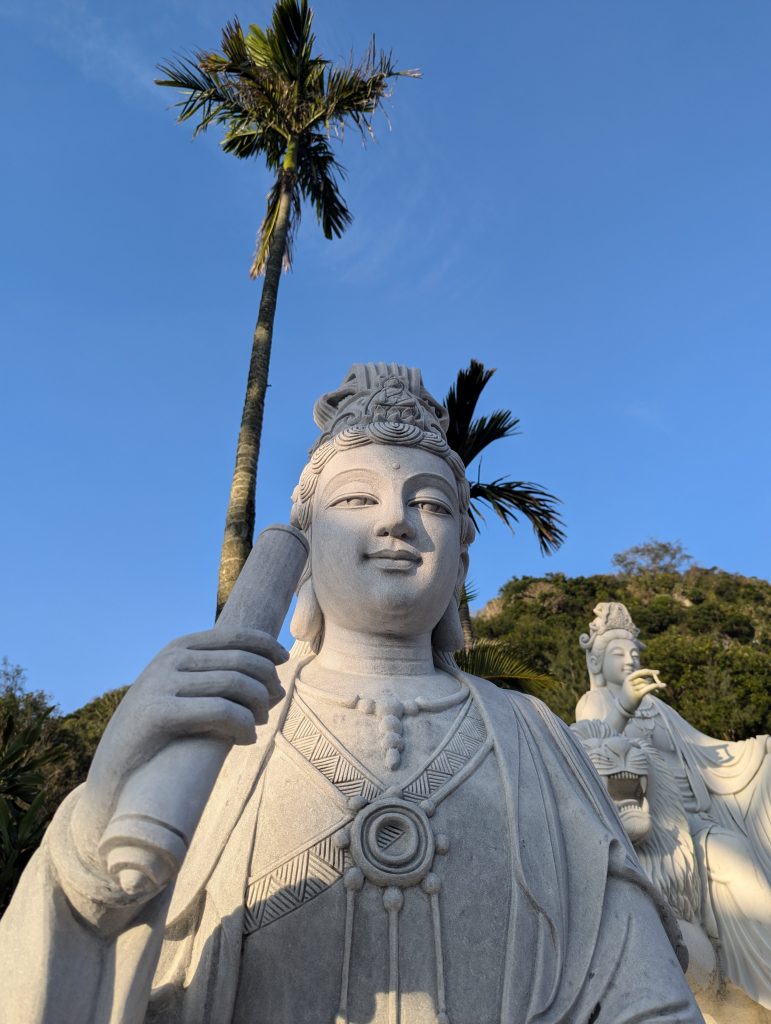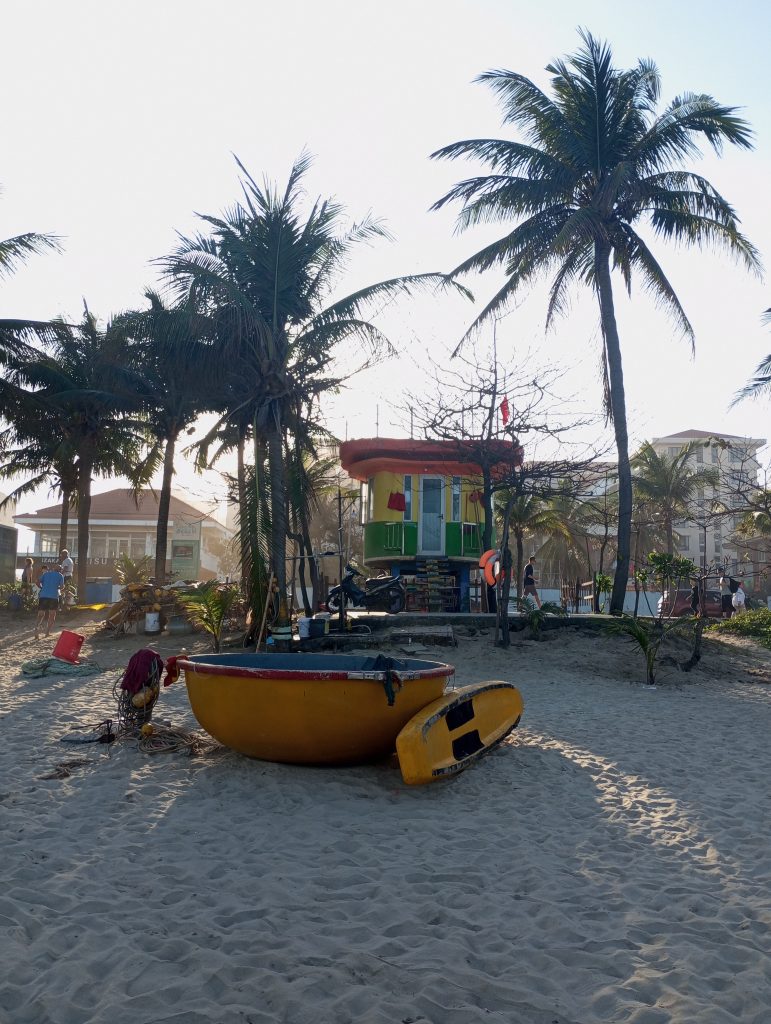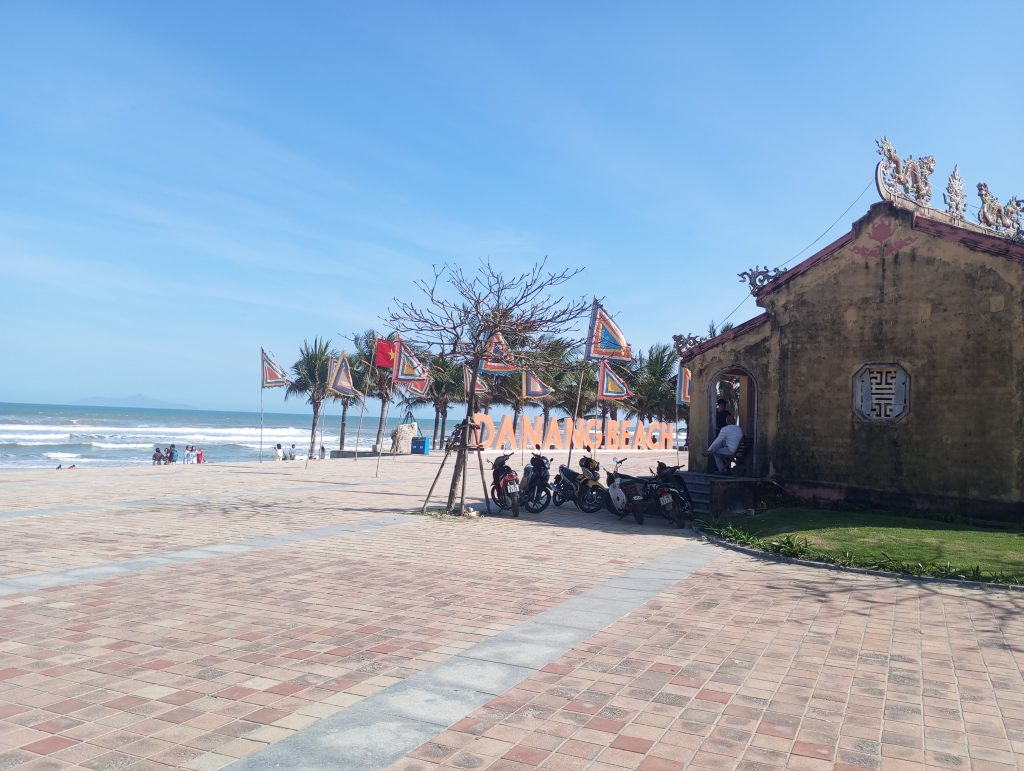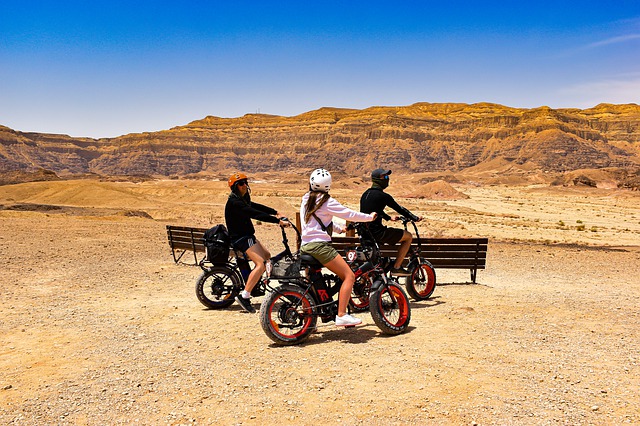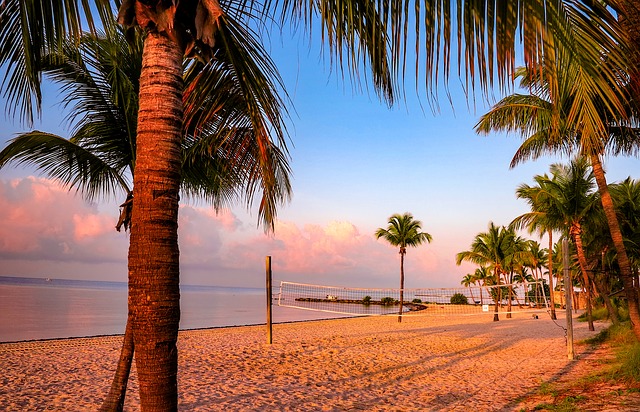A city break with family in Rome is like stepping straight into the pages of a history book – except with much better food! From the jaw-dropping ruins of ancient empires to the softest mozzarella-topped pizza you’ll ever eat, this was a four-day adventure that balanced awe, wonder, and carbs in perfect harmony.
Why Rome?
We chose Rome for one reason: our mum adores history. And you’d be hard-pressed to find a city more saturated in ancient stories, crumbling monuments, and beautiful chaos than the Italian capital. Plus, it’s compact enough to explore in a long weekend but dense enough to feel like you’ve travelled through time.
- Who went: 4 adults
- When we travelled: 27th to 30th March 2025
- Where we travelled from: London Gatwick Airport (LGW)
Where We Stayed In Rome
We stayed at Gianicolo Elegant Art Oasis, tucked away in a peaceful residential area near Janiculum Hill. The apartment was stylish, quiet, and beautifully furnished – the perfect place to unwind after long days of exploring. Being slightly outside the main tourist bustle gave us a more authentic feel of Roman daily life, with leafy streets, local cafes, and the occasional barking dog echoing off the terracotta walls.
Things To Do In Rome
Rome is one giant, open-air museum, and the best way to take it in is on foot – just prepare for your step count to explode. Here are a few things we did:
Ancient Rome Walking Tour
Our first walking tour took us back to 70 AD with a visit to the Colosseum and Roman Forum. What really made this special was our guide, Alex – part historian, part archaeologist, armed with a massive folder of illustrations and reconstructions of what the ruins once looked like. He brought every arch, column, and corridor to life with his vivid storytelling and visuals. Standing in the shadow of the Colosseum, imagining gladiators roaring into battle? Goosebumps. You must book with Crown Tours and ask Alex to be your guide!
Inner City & Jesuits Tour
Our second walking tour focused on the spiritual and intellectual heart of the city. We wandered through the cobbled lanes of central Rome, learning about the Jesuit movement, their influence, and the architecture they left behind. From ornate churches to tucked-away chapels, this tour was a surprisingly interesting deep-dive into Rome’s more spiritual side – a lovely contrast to the ruins and relics.
Our fantastic guide, Sharon, also taught us how to drink like a Roman. To do so, you cover the main spout of a public water fountain with your finger, and then a jet of water shoots out from a smaller hole at the top, which you can drink directly from. It’s a fun and refreshing way to drink! Sharon also shared that the military police uniform was designed by Armani, which is why it looks so chic!
The Vatican & St. Peter’s Basilica
Stepping into St. Peter’s Basilica, you’re instantly transported back to Rome at its peak. The towering columns, intricate mosaics, and marble floors taken from ancient Roman structures make you feel surrounded by the power and grandeur of the empire.
The soft golden light pouring through the soaring domes highlights the immense scale of the space, making it feel as if you’re inside the very heart of a glorious past. It’s a humbling experience as the Basilica’s stunning interior offers a living testament to the vision and ambition of the Romans.
Pizza Making at Osteria Pasquino
We did a pizza-making class at Osteria Pasquino near Piazza Navona. After a warm welcome, we learned how to make dough, spread tomato sauce, and add our favourite toppings. The chef guided us every step of the way, making it fun and easy.
However, I found it a bit expensive for what it was. You essentially just make the dough, and that’s it. Plus, you don’t even get to use the dough you make because it needs to rest for 24 hours. While it was a nice experience, I’d probably look for a different class or maybe try a pasta-making class instead.
That said, the best part was enjoying our fresh, hot pizzas with a cool beverage afterward. It was a nice break from sightseeing, but next time, I might try something else!
Trevi Fountain
The Trevi Fountain isn’t just a tourist magnet – it’s genuinely one of the most beautifully sculpted fountains I’ve ever seen. We couldn’t toss a coin as the queues were pretty long, but you can still marvel at the intricate sculptures and wonder how any human could make them.
Janiculum Hill & A Midday Surprise
One of our favourite little adventures was walking up to Janiculum Hill near our stay. The viewpoint is stunning, but the midday cannon firing was the main event.
And just when we thought things couldn’t get more entertaining, a group appeared wearing headphones and launched into an impromptu silent disco-style workout, complete with high kicks and dance moves. It was bizarre, joyful, and very European.
What We Ate In Rome
Though the weather wasn’t exactly on our side during our trip – with rain and wind following us all the way from the UK – we found the perfect antidote to the gloomy skies: pasta. And honestly, we weren’t complaining one bit. The cosy atmosphere and delicious dishes made every meal feel like a warm escape from the elements.
Here are a few of our favourite spots:
Pizza Forum Pizzeria Ristorante – Near the Colosseum, this place served up what we all agreed was the best pizza of the trip. The Margherita with buffalo mozzarella was creamy, rich, and utterly delicious. A perfect post-tour pick-me-up.
Al42 by Pasta Rione Monti – Tiny, bustling, and full of flavour. The 10-layer vegetarian lasagne was next-level – hearty, comforting, and fresh. It’s a hidden gem of a street food-style spot with serious heart.
Ponte e Parione – We watched them make our ravioli by hand at this small, welcoming restaurant near Piazza Navona. The tomato and burrata ravioli was soft, pillowy, and bursting with flavour. The kind of dish you remember weeks later.
What To Love (And Not To Love) About Rome
What to love:
The history! Rome is like stepping into an open-air museum. Every corner reveals ancient ruins, stunning churches, and awe-inspiring monuments. It’s impossible not to be struck by the grandeur and significance of the city.
The food is another highlight. Pasta, pizza, and gelato are unbeatable. Whether you’re grabbing a quick bite or sitting down to a multi-course meal, the quality of food here is top-notch, and you’ll never go hungry.
What not to love:
The crowds can be overwhelming. Major attractions like the Trevi Fountain and Colosseum are often packed, making it hard to fully take in their beauty without feeling like you’re in the middle of a tourist stampede.
Would I Go To Rome Again?
Absolutely! Rome has so much to offer, from its rich history and stunning architecture to its incredible food scene. There’s something about walking through centuries of history that’s hard to replicate anywhere else. Despite the crowds and unpredictable weather, it’s a city that keeps calling you back.
Next time, I’d love to explore more off-the-beaten-path spots and dive deeper into the local culture. The mix of ancient ruins, baroque churches, and modern Roman life creates an experience that feels fresh each time you visit. So yes, I’ll definitely be back!
Travel Writer Bio
Simran Kabotra is a writer, avid reader & crocheter who loves travel. She has travelled across Southeast Asia and is currently searching high and low for new adventures, beautiful landscapes and rich history.
Easy EU travel insurance – no fuss guaranteed!
Give our team a call (+44) 01892 833338 or visit our website to get a quick free quote for single trip or annual travel insurance cover with 24/7 multilingual helpline should the unexpected happen!

